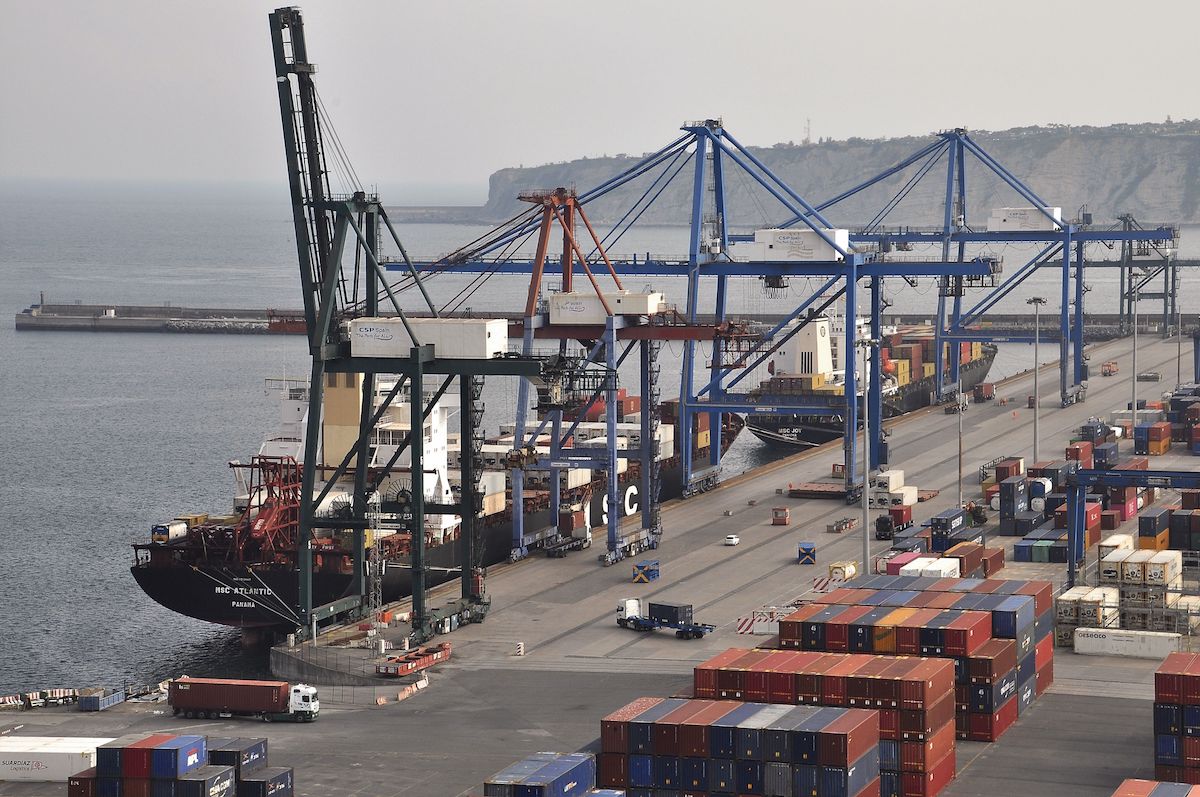The European Commission has selected the project for the electrification of the docks of the Port of Bilbao (BilbOPS) as one of the 135 European initiatives to be given an EU grant under the Connecting Europe Facility (CEF).
Forty five projects with Spanish involvement have been submitted for the 2021-27 CEF call for proposals, and only seven have passed this first phase, which is now expected to be ratified once all the required administrative procedures have been duly completed.
The connection of vessels to the power grid in the port of Bilbao, a project promoted by the Port Authority itself, has received the support of 36 different organisations, shipping companies, European ports, port community clusters and government institutions, including the neighbouring towns. The project requires an investment of EUR 51.8 million and has already received a grant of EUR 4.3 million for the new A5 Dock through the Recovery and Resilience Facility. The current award would mean a subsidy of 30%, i.e. EUR 14.2 million for the cruise, ferry and container docks of the port of Bilbao.
“The projects selected”, the European body said, “were submitted in response to calls for proposals published under the CEF, the European Union’s funding instrument for strategic investment in transport infrastructure”. Brussels stressed that all the selected projects “are in the Trans-European Transport Network”, and reiterated that its goal “is to complete the Core Network by 2030 and the Comprehensive Network by 2050, while ensuring that its infrastructures help the European Union to meet its climate goals as set out in the European Green Deal”.
The Port Authority’s project consists of deploying technology known as OPS (onshore power supply) to electrify the docks. This technology, which will be in place by 2025, will enable ships to connect to the power grid and to switch off their auxiliary diesel engines. Thanks to this project known as BilbOPS, vibration and noise levels will be reduced and greenhouse emissions will be cut by 40%. With this initiative and other complementary measures, the Port Authority hopes to meet the 55% emissions reduction target set by the European Union for 2030.

The project also provides for the commissioning of renewable energy facilities such as solar photovoltaic, wave and wind power, thereby contributing to speeding up the energy transition alongside other projects such as Petronor’s new plant for the production of synthetic fuels using green hydrogen as a feedstock.
First phase of the Central Quay, another EC-funded project
The Port Authority has recently completed another EC-funded project, in this case in the 2014 “Connecting Europe Facility” call for proposals, and has contributed 20% of the investment. This is the first phase of the Central Quay, with 1,120 m of berthing line, 362,000 m² of surface area and an investment of EUR 112 million.
The Central Quay will in fact be one of the quays which, in addition to having rail infrastructure, will be equipped with the necessary facilities for ships to connect to the port’s power grid.

 Port access
Port access